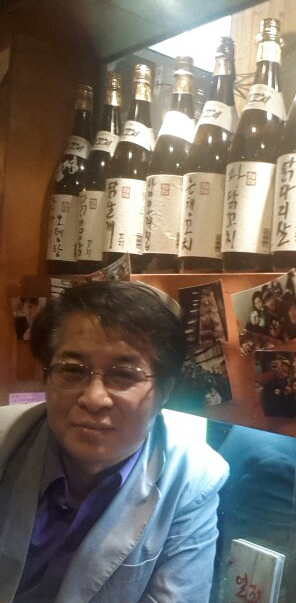[본문의 동영상 강의 연우리 영어 유튜브] → N-8mgLI3mG0
# It is animals and plants which lived in or near water (A)[ ] remains are most likely to be preserved, for one of the necessary conditions of preservation is quick burial, and it is only in the seas and rivers, and sometimes lakes, where mud and silt have been continuously deposited, (B)[ ] bodies and the like can be rapidly covered over and preserved.
#1. 빈칸 (A)에 적합한 단어는?
#2. 빈칸 (B)에 적합한 단어는?
[해석] 다름 아닌 물속이나 근처에 살았던 동물과 식물들이 그 잔존물이 보존될 가능성이 크다. 이는 보존의 필수 조건들 중의 하나가 빨리 묻히게 되는 것이며 오로지 진흙과 침니가 계속적으로 퇴적되는 바다들과 강들(때로는 호수들)에서만 시체 등이 빠르게 덮여서 보존될 수 있어서이다.
[정답] 1. (A) : whose 2. (B) : that
[해설]
'It is' 뒤에 복수형인 'animals and plants'가 따른다는 것은 강조 구문임을 알려주는 것이다. 'which lived in or near water' 보통의 관계절이므로 무시한다. 'remains'가 의미를 갖기 위해선 한정사가 있어야 하므로 'their'나 'whose'가 있어야 한다.
It is animals and plant [which lived in or near water]
The remains of animals and plants [which lived in or near water] are most likely to be preserved
⇒ Their remains are most likely to be preserved
'their'를 'whose'로 바꾼 후에 강조 구문으로 연결하면 'it ~ whose N' 강조 구문이 만들어진다.
'and sometimes lakes'는 양쪽의 'comma'로 삽입된 것이므로 무시하면 되고 'where ~ deposited'는 제한적인 관계부사절로 보면 된다. 'it ~ where' 강조 구문과 무관하다.
'bodies'는 그 앞에 바다와 강만 나오므로 선행사가 될만한 것이 없으므로 (~의 시체들) 'bodies and the like'은 그냥 일반적인 "시체 등'이 되고 강조 부분이 'only in ~'이므로 'that'을 넣어서 'it ~ that ~' 강조 구문이 되어야 한다.
